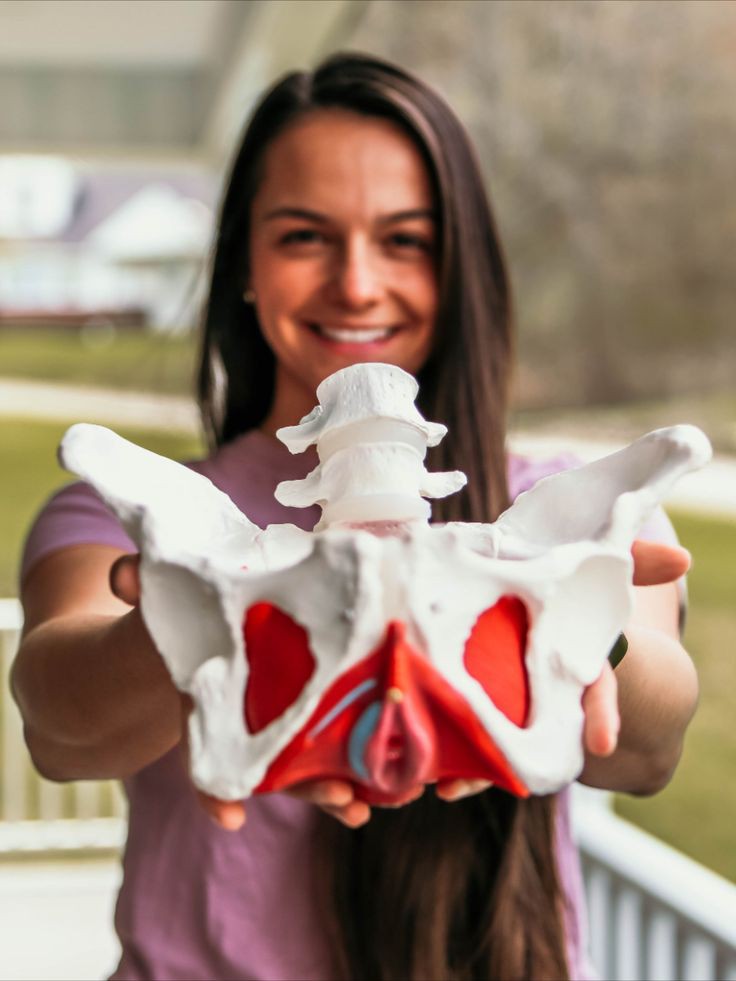Vaginismus and the Transformative Role of Physiotherapy
Vaginismus, though prevalent, remains a poorly understood condition that affects many women. In this comprehensive guide, we’ll delve into the intricacies of vaginismus, exploring its causes, effective home remedies, and the pivotal role that physiotherapy plays in managing and treating this condition.
What is Vaginismus?
Vaginismus is a condition characterized by the involuntary contraction of the muscles surrounding the vagina, making penetration painful or impossible. This reflexive muscle tightening can occur in various situations, ranging from attempted sexual intercourse to gynecological examinations. The causes can be complex, encompassing both physical and psychological factors.
Causes of Vaginismus
Understanding the root causes of this is crucial for effective management and treatment.
Psychological Factors
- Anxiety, fear of pain, or past traumatic experiences related to sex can contribute to vaginismus.
- Relationship issues or stress may also play a role in triggering the condition.
Physical Factors
- Infections or medical conditions affecting the genital area can lead to vaginismus.
- Traumatic childbirth experiences or surgery can create a fear of penetration.
Sexual Trauma
- Previous experiences of sexual abuse or assault can result in vaginismus as a protective response.
Holistic Home Remedies
While professional help is essential, there are home remedies that can complement the treatment process.
General Flexibility Exercises
Spine and hip flexibility exercises help the pelvic floor to relax when done.
Relaxation Techniques
Practices such as deep breathing, meditation, and mindfulness can help alleviate anxiety and tension.
3. Open Communication: Honest discussions with a partner can foster understanding and support, reducing emotional stress.
4. Gradual Desensitization: Gradually introducing and getting comfortable with penetration, using fingers or dilators, can be beneficial.
The Role of Physiotherapy
Physiotherapy is a crucial component of vaginismus treatment, focusing on both physical and psychological aspects.
1. Pelvic Floor Rehabilitation: Specialized exercises help relax and strengthen the pelvic floor muscles under the guidance of a physiotherapist.
2. Manual Therapy: Hands-on techniques can address muscular tension and promote better muscle control.
3. Biofeedback: Utilizing biofeedback technology helps patients become more aware of and control their pelvic muscles.
Physiotherapists will sometimes recommend Therapy/Counseling and Emotional Support to help address psychological factors contributing to vaginismus just so all wellness avenues are explored thoroughly.
It is a treatable condition, and a multi-faceted approach involving home remedies and professional intervention, particularly physiotherapy, can lead to positive outcomes. By understanding the causes and adopting a holistic treatment strategy, individuals can regain control over their sexual health and overall well-being
TheraTouch Physiotherapy on Carling Ave, Ottawa offers General, Sports & Pelvic Health Physiotherapy and can help with Vaginismus.








